Study links autism to genomic ‘hotspots’ of mutation
The genome appears to be littered with so-called ‘hotspots,’ areas that are prone to single-letter mutations, according to research published 21 December in Cell.
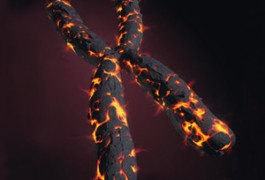
The genome appears to be littered with so-called ‘hotspots,’ areas that are prone to single-letter mutations, according to research published 21 December in Cell.
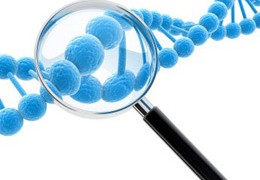
Of the thousands of DNA variants linked to autism, those that evolved later are the most likely to be harmful, according to a study published 28 November in Nature.
Solving the riddle of autism genetics will require looking beyond the growing list of candidate genes to epigenetics and personalized medicine.

By merging genetic data from two large clinical repositories, from a total of more than 30,000 children, researchers have identified 18 copy number variants (CNVs) — DNA deletions or duplications — that play a role in autism. The findings appeared 9 October in Molecular Psychiatry.

A genetic panel intended to predict the risk of developing autism debuted for clinical use in April, while another is in commercial development and a third was published in Molecular Psychiatry in September. But some experts are concerned, saying the tests are based on preliminary scientific evidence.
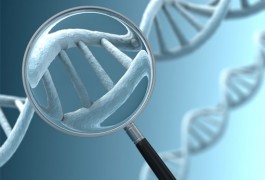
People with autism are twice as likely as controls to have mutations that disable both copies of a gene, according to preliminary research presented Wednesday at the Autism Consortium Research Symposium in Boston.
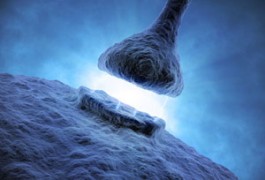
Mutations in SHANK3, a leading autism risk gene, occur in roughly two percent of individuals with autism spectrum disorders, according to a study published 15 August in the European Journal of Human Genetics.
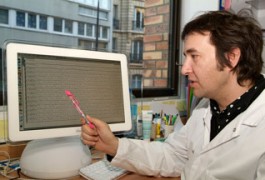
Thomas Bourgeron discovered the first rare mutation linked to non-syndromic autism, pointing to neuronal connections as prime drug targets.
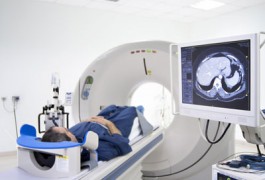
Sharing data and tools is universally efficient, but the study of autism in particular presents challenges that can benefit from an open-science framework, says Randy Buckner.
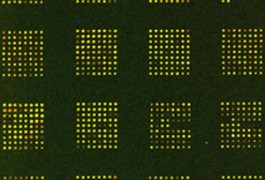
Individually, common genetic variants confer little risk for autism. But taken together, they may contribute significantly, predicts a statistical analysis published 15 October in Molecular Autism.